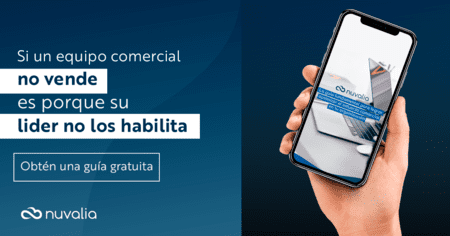Don't know how to measure customer satisfaction? Here are the 4 best methods

Did you know that dissatisfied customers cost your company a lot of money? Some studies have shown that 80% of them would switch to a company after having a bad experience. Customer satisfaction is a fundamental part of your strategies and there are many ways to increase it, for example:
- Attention at all times.
- Anticipate your needs and requests.
- To provide personalized attention.
- Support them in record time.
But, after applying these tactics, how do you know that they are working? By measuring them! This doesn't have to be a complicated task. In fact, it's easier than you think, and here are the best ways to do it.
Metrics for measuring customer satisfaction
Each of these metrics helps simplify the process of gathering information about your customers. Each is useful depending on your different objectives and what you are looking to measure.
1. Customer Satisfaction Score (CSAT)
This is one of the most widely used methods. The Customer Satisfaction Index, or CSAT, measures on average how satisfied your customers are with your services or products. Typically, ratings range from 1 - 3, 1 - 5 or 1 - 7. To find out satisfaction, you add up all the scores and divide the sum by the number of respondents. This metric is used to evaluate a specific experience.
2. Customer Effort Score (CES)
The Customer Effort Score, or CES, is very similar to the CSAT, but instead of asking how satisfied a customer is, you ask them to measure the ease with which they had their experience, e.g. how easy it was to shop on your website or how quickly they were served by your staff. The goal is to make tasks easier for them to have a better experience.
3. Net Promoter Score (NPS)
This metric is really useful to know what is the probability that a customer recommends your product or service, that is, their loyalty to your brand. With this tactic you get a valuable segmentation: detractors, passives and promoters. The calculation is made by subtracting the percentage of detractors from the percentage of promoters.
4. E-mail satisfaction surveys
If what you require are more concrete and extensive answers, surveys are still a very useful option. The advantage is that you can customize them as you wish. However, we recommend keeping them short, as they tend to have better completion rates. Are you really ready to go through large amounts of surveys that are too long? Value your customers' time, but also your own.
While each of these tactics are functional separately, if you want more accurate or clear results, don't hesitate to combine them. Remember that a single measurement will not show the reality of your customers and your company. Therefore, use an extensive survey and an NPS to, for example, find out why your customers would not recommend you and attack the root cause of the error.
In the case of NPS and CSAT metrics, they provide you with indicators to detect in time an advocate of your brand or if someone is at risk of abandoning it. Also, don't forget to work together quantitative and qualitative questions so that you have clearer answers as to why certain dissatisfactions with your service may occur.
As you could see, measuring customer satisfaction is not only based on collecting customer feedback through a complaints and suggestions box. To accurately measure the good (or bad) results of your strategies you require more specialized tactics that open the panorama to improve your services.
If you need more advice on how to measure and improve customer satisfaction, Nuvalia can help you. We are a firm specialized in Customer Experience and we help marketing, sales and customer service departments of companies to implement the ideal technology and software for their needs and objectives.
Boost your results and differentiate yourself from your competitors. Contact us to find out the best strategy for your industry or sector.

